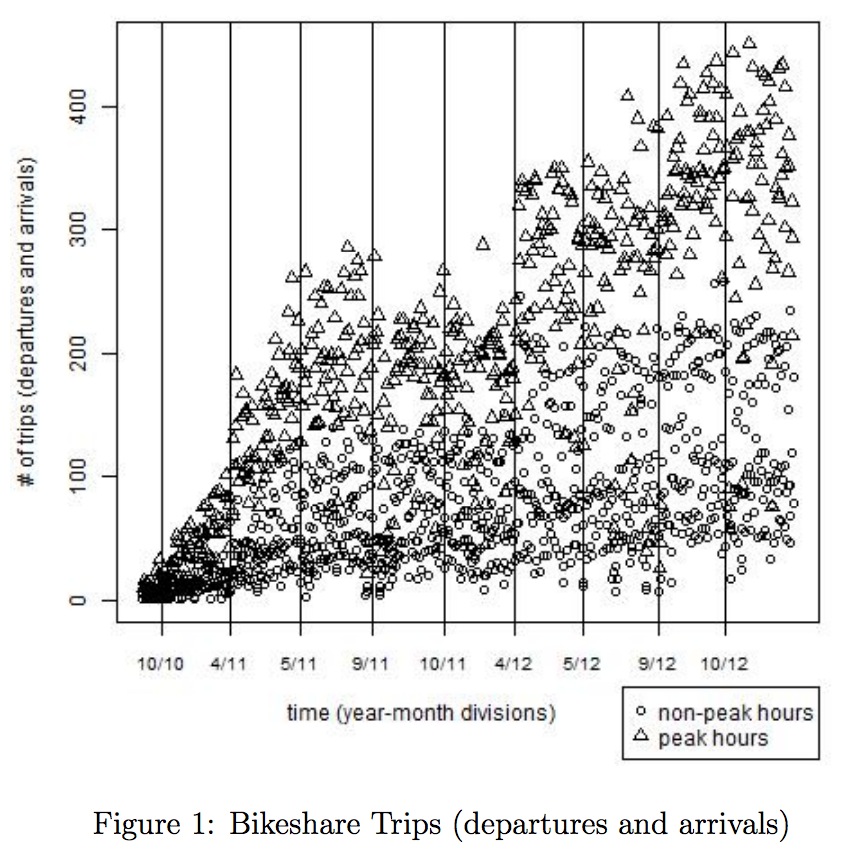
RESOURCES FOR THE FUTURE
A new mechanism to reduce urban traffic congestion that is currently gaining traction for its purported cost-effectiveness, environmental-friendliness, and positive health impacts is the adoption of citywide bicycle-sharing systems. This infrastructure provides an alternative to driving for short trips and extends the existing network of public transit within a metropolitan area. Further, bicycling infrastructure augments the environmental bona fides of densely populated urban areas (Kahn, 2010). If bikeshares reduce traffic congestion, they may provide a low-cost policy lever to reduce automobile externalities in urban areas.
View this complete post...
Tags: Bicycling, Bike Share, Bikeshare, Capitol, Cycling, D.C., Resources for the Future, RFF, Washington
Posted in
Biking, Congestion, Environment, Infra Views, Local, Sustainability, Urban Planning
Comments Off on Washington, DC: Bicycle Infrastructure and Traffic Congestion













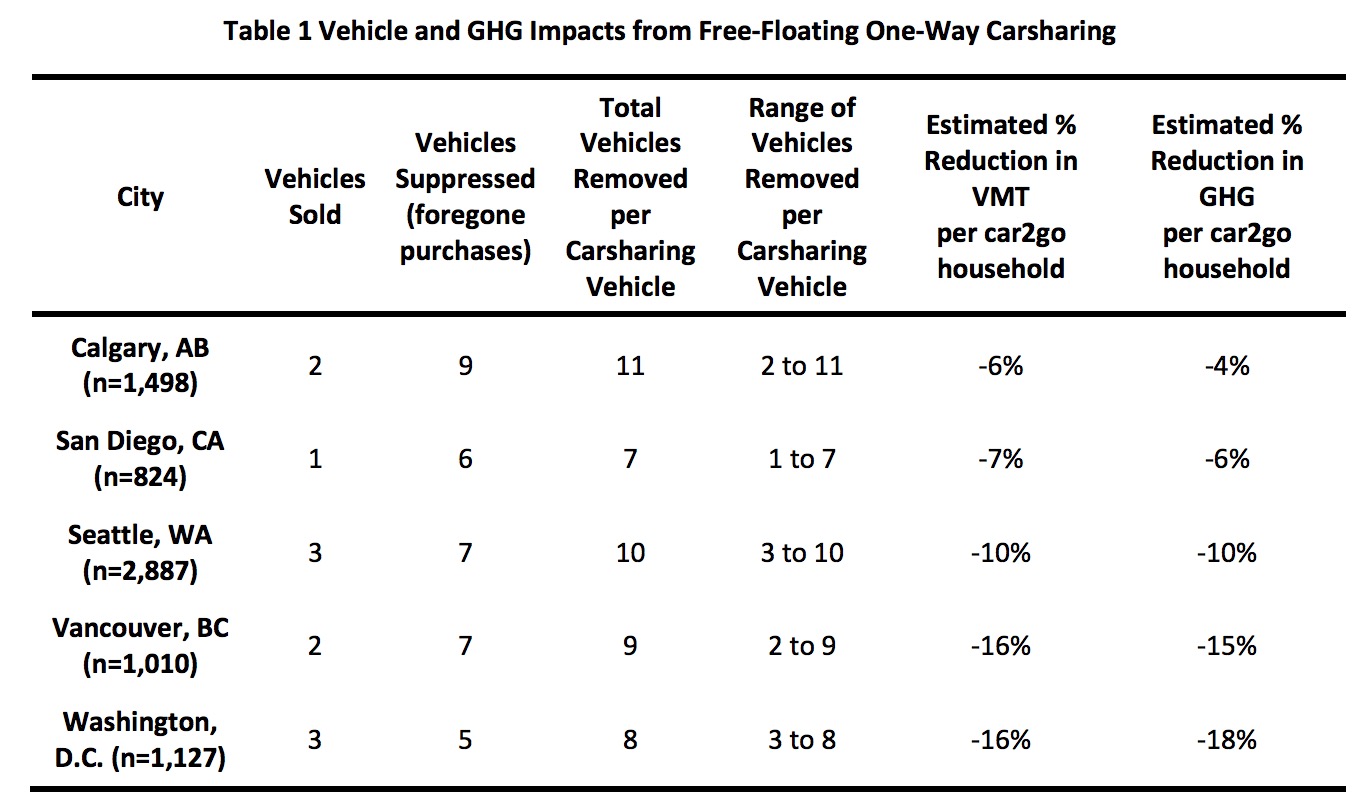



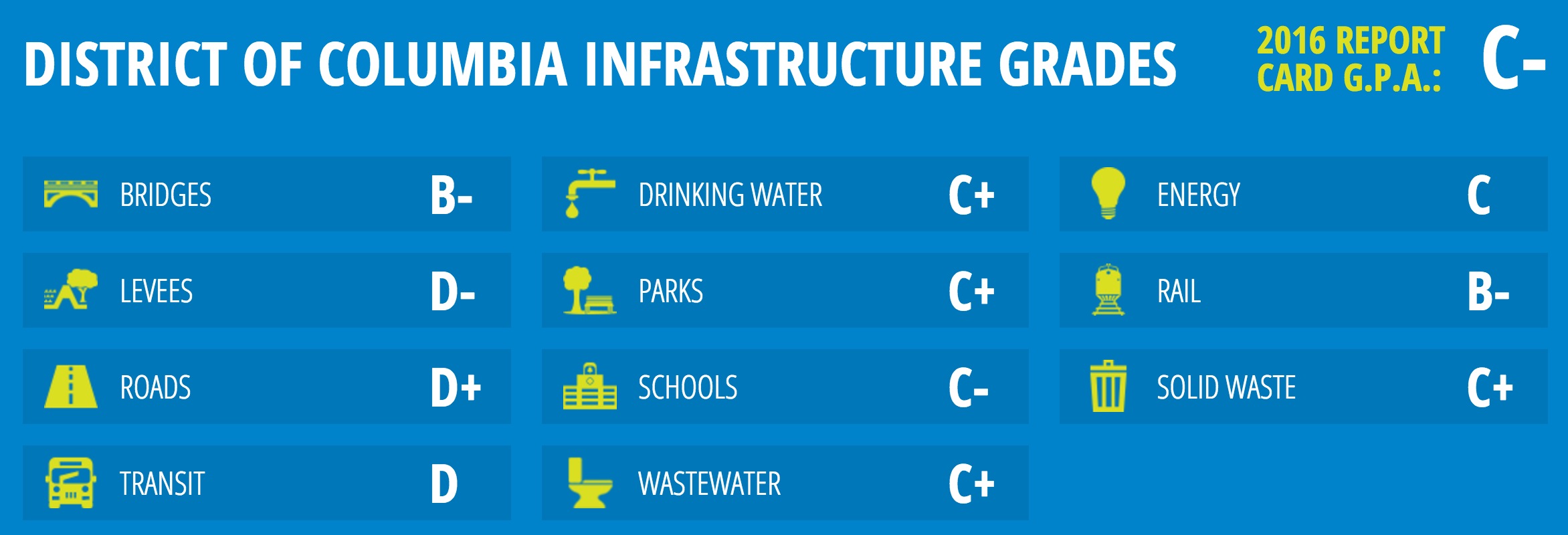
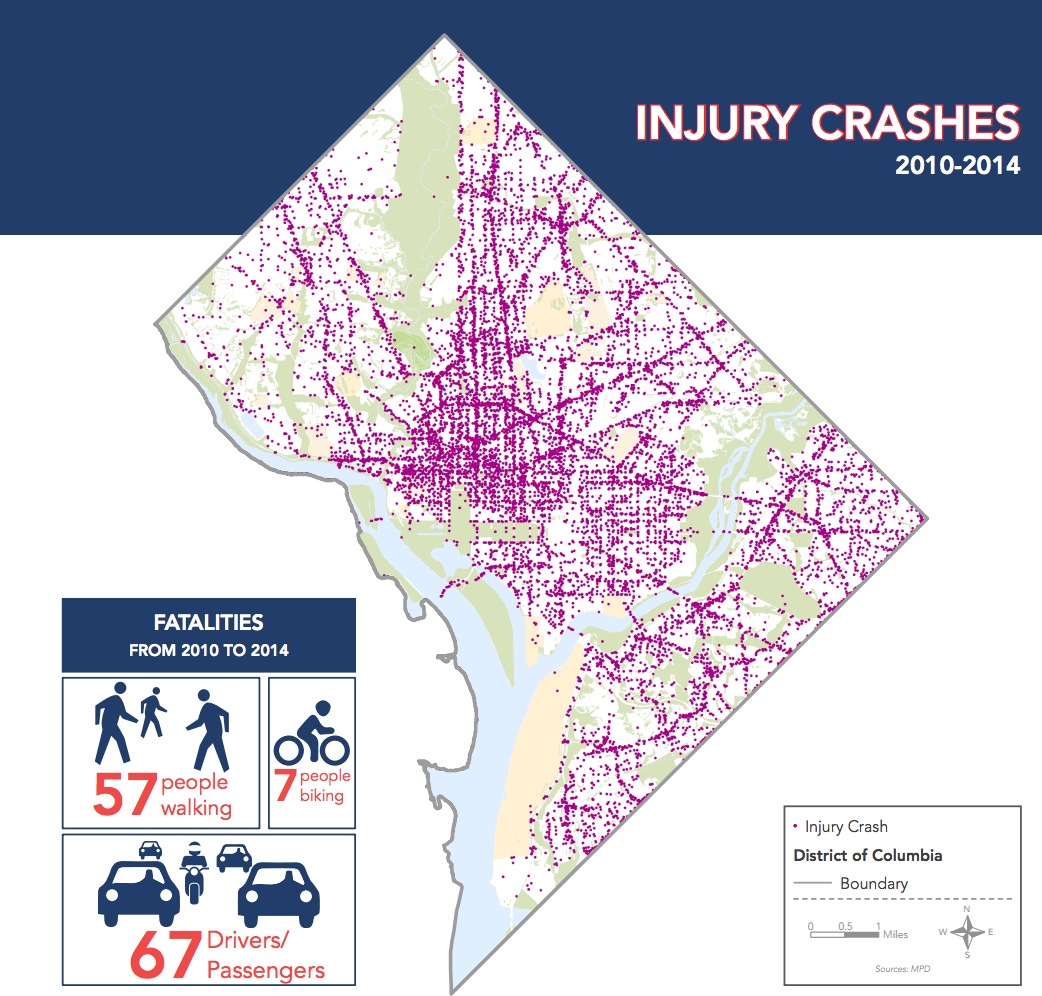


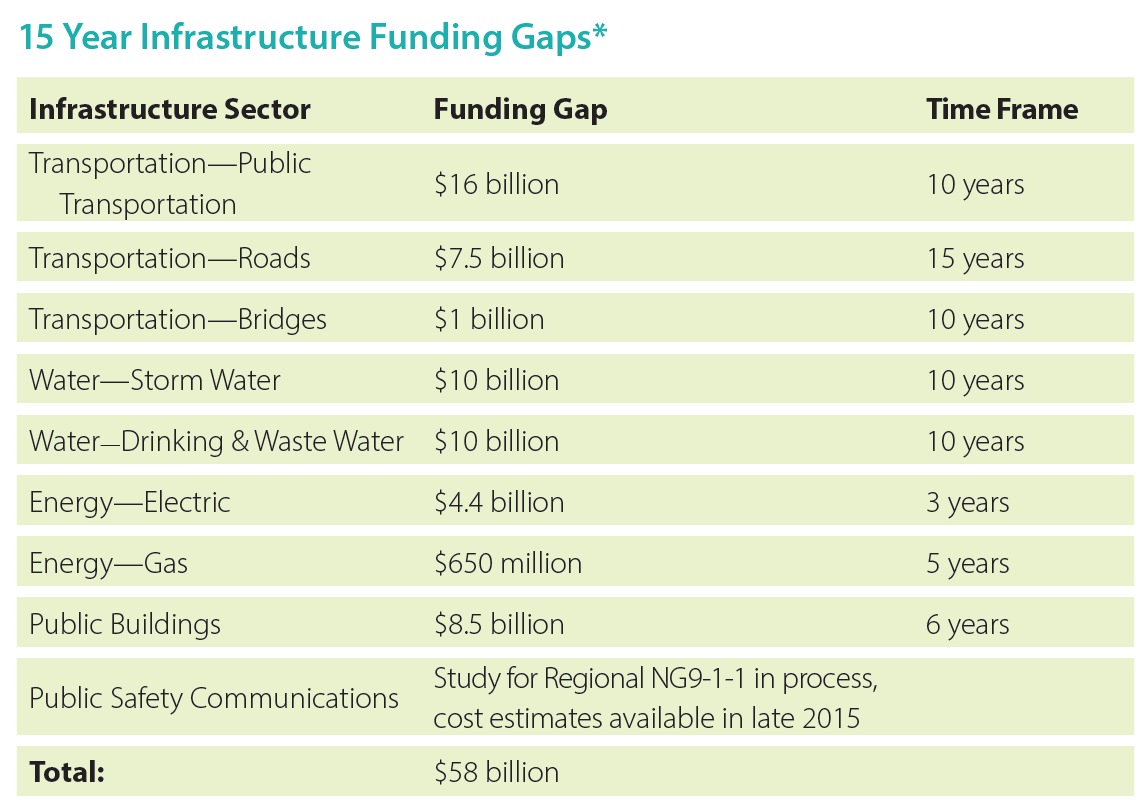

 RSS Feed
RSS Feed